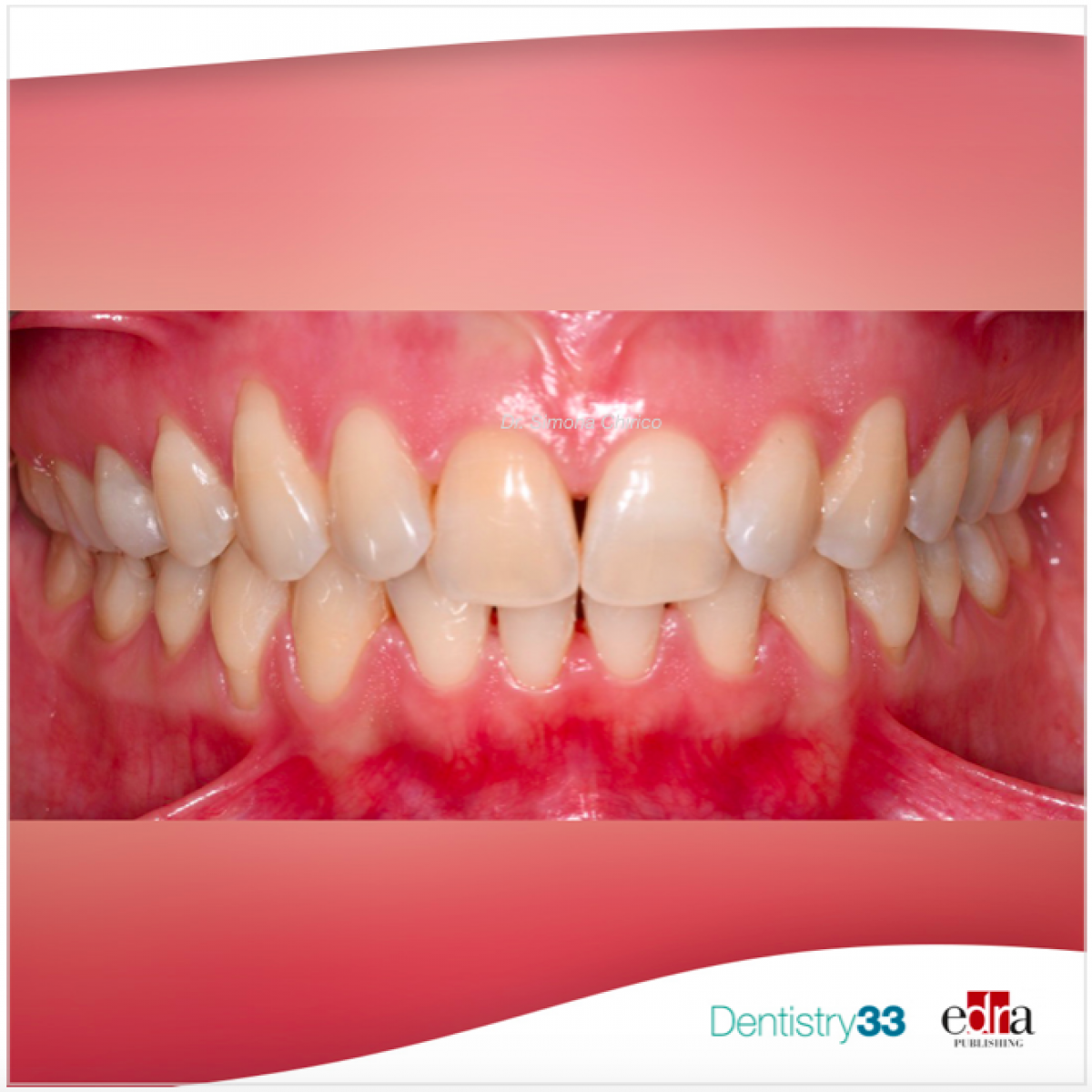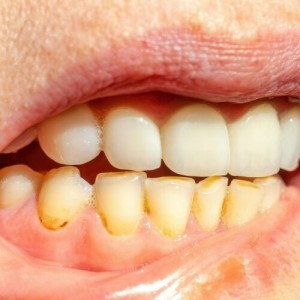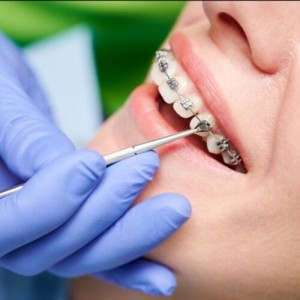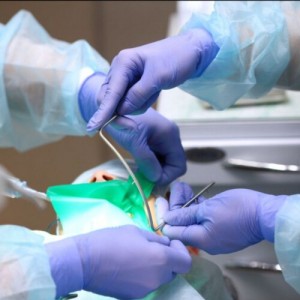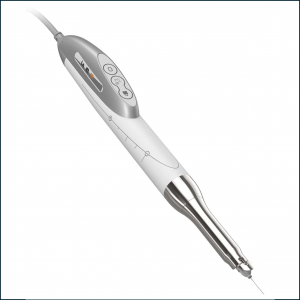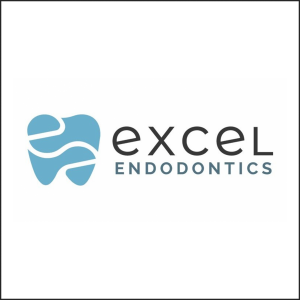
Approach for a correct and effective ablation of tartar
Lara Figini
Periodontology is a dental discipline that aims to promote oral health through the prevention, diagnosis and therapy of diseases that affect the supporting tissues of the teeth (gum, periodontal ligament, root cement, and alveolar bone) and implants (mucosa peri-implant, alveolar bone and basal bone). The main purpose of periodontology is to preserve natural teeth and therefore the chewing function, phonation and natural aesthetics.
Diagnosis and periodontal therapy are divided into various phases for which it is mainly necessary to establish whether in a particular patient we are dealing with one:
- state of health o
- state of oral pathology (gingivitis or periodontitis).
In case of health, primary prevention must be provided.
In the case of pathology, it must be established whether you are facing gingivitis or periodontitis and in both cases a causal therapy must be conducted and consequently a remote re-evaluation.
Periodontal diagnosis:It must be done by interpreting and processing the data deriving from:
- anamnesis
- physical examination supplemented if necessary by radiographic and laboratory tests.
The anamnesis must be aimed at searching for data on the presence of risk factors for periodontal diseases such as poor oral hygiene, familiarity, smoking, taking drugs that can influence the increase in gingival volume (eg nifedipine, cyclosporine etc. ), diabetes, congenital or acquired immune deficiencies.
The physical examination is based instead on the inspection through which the dental formula and the number of lost teeth and the reason, the presence of bacterial plaque, morphology, volume, color and consistency of the gum and mucous membranes must be assessed.
A correct periodontal diagnosis cannot ignore the probing which is the main diagnostic maneuver to assess the state of health or pathology of the periodontal tissues.
How to carry out the periodontal probing:
It must be performed using a periodontal probe by applying a light force along the entire circumference of each dental element between the tooth and the gum. The probe allows to detect the depth of penetration of the probe into the gingival sulci and / or periodontal pockets (PD), the clinical attachment level (CAL), furcation lesions, marginal bleeding (GBI) and bleeding at the survey (BOP), the presence of tartar.
Causal therapy:
Non-surgical periodontal therapy includes:
- Information, education, patient motivation to check plaque at home and risk factors for oral and periodontal diseases
- Mechanical treatment of tooth surfaces
- Elimination of plaque retentive factors
- Periodontal re-evaluation
Step 1; Patient information, education, motivation
First of all, before starting any periodontal therapy, the patient must learn to brush his teeth well, and to correctly brush or floss, so he must be informed, instructed and motivated correctly. Before starting periodontal therapy, systemic and local risk factors should be checked if possible, patient behaviors changed, if not corrected: for example, smoking should be eliminated or moderated and nutrition should also be kept under control.
Step 2; Mechanical treatment of tooth surfaces
The mechanical treatment for the removal of plaque and tartar above and sub-gingival is based on scaling and root planing methods that can be carried out with manual, ultrasonic and sonic instruments. Hand tools are mainly Curettes or Scalers:
The curettes, hence the term used in the past curettage, consist of a steel handle that ends with a very sharp blade tip with which the enamel and the root of the tooth are scraped without scratching it.
The ultrasonic instruments are mainly the ultrasonic scalers, instruments equipped with particular interchangeable tips that allow to reach even the subgingival tartar. The tip, moved by the micromotor, performs a vibratory movement (up to 20,000 vibrations per minute) and is able to remove tartar without damaging the surrounding tissues.
In addition to the removal of tartar, the objectives of mechanical treatment and smoothing of tooth surfaces and roots include a reduction in the number of bacterial colonies and their food supply; and better access for the patient, so that he can keep his teeth as clean as possible after treatment. After the treatment, the dentist or hygienist will have to provide specific instructions on how to best manage the particular dental and periodontal situation of each individual patient. After the mechanical removal of the tartar, the polished surfaces must be polished in order to make them smooth and less retentive for bacterial plaque.
Step 3; Elimination of plaque retentive factors
In the presence of supra or subgingival plaque retentive factors, such as fillings and incongruous prosthetic margins and caries, it is necessary to remove them in order to facilitate oral hygiene maneuvers and restore a dentoalveolar anatomy suitable for optimal plaque control.
Step 4; Periodontal reevaluation
The appointment for periodontal re-evaluation should generally be made four to six weeks after the completion of scaling and root planing therapy. The areas in which new tartar has accumulated, the areas in which chronic bleeding and tissue swelling persists, identified as sites of continuous inflammation will have to be identified. This implies the permanence of bacteria (and probably deposits of tartar). Localized refinement of scaling and root planing may be required. It may also be necessary to infiltrate the subgingival and periodontal pockets around certain teeth with antibiotics.
Current scientific evidence is not currently able to demonstrate significant differences between scaling and root planing using ultrasonic instruments and cleaning procedures using air jets and pressurized powder (air polishing) and current scientific evidence is not able either. to demonstrate that the use of the laser, as an adjunct to traditional therapy, entails additional clinically significant advantages compared to the same procedures used alone.
For additional information: Clinical evaluation of ultrasonic subgingival debridement versus ultrasonic subgingival scaling combined with manual root planing in the treatment of periodontitis: study protocol for a randomized controlled trial.
 Related articles
Related articles
Oral Hygiene & Prevention 18 September 2025
Oral mucosal lesions and oral hygiene habits in the home‐living elderly
A large epidemiological health investigation, the Helsinki Ageing Study (HAS), was performed in 1989–1991 in Helsinki, Finland.
Oral Hygiene & Prevention 03 September 2025
Oral hygiene care for residents with dementia: a literature review
This paper presents a literature review of oral hygiene care for adults with dementia in residential aged care facilities
Oral Hygiene & Prevention 20 August 2025
Personal oral hygiene and dental caries: A systematic review of randomised controlled trials
To conduct a systematic review of randomised trials assessing the association between personal oral hygiene and dental caries in the absence of the confounding effects of fluoride.
The aim of our study was to qualitatively and quantitatively synthesize the evidence regarding ways to improve motivation of oral hygiene among orthodontic patients
Oral Hygiene & Prevention 04 August 2025
Self-Reported Oral Hygiene Habits and Oral Health Problems of Kuwaiti Adults
The aims of this study were to examine self-reported oral hygiene habits and oral health problems of a sample of adult Kuwaitis
 Read more
Read more
Oral Hygiene & Prevention 03 October 2025
Dental treatment planning and management for the mouth cancer patient
The need to deliver cancer treatment promptly often requires modification of ideal dental treatment plans.
Editorials 03 October 2025
To help stock the Filling Station, a food pantry open to anyone in our ASOD family who is experiencing food insecurity or needs help making ends meet, Adams School of Dentistry is holding a food...
Products 03 October 2025
From Scan to Smile: Aidite’s EZPRINT-P1 and Rapid 3 Deliver a Complete Digital Workflow
Digital dentistry thrives on precision, efficiency, and integration. Aidite has long been a leader in advancing these principles. With the introduction of the EZPRINT-P1 3D Printer, the company now...
Products 03 October 2025
Dentalhitec Americas recently announced the official U.S. launch of QuickSleeper5, following FDA clearance. Even prior to its American debut, demand from dentists for the QuickSleeper5.
News 03 October 2025
Excel Endodontics, a new specialty dental practice founded by endodontist Dr. Rachel Halpern, is proud to announce its official opening in Marlboro, New Jersey, along with the launch of its new...


